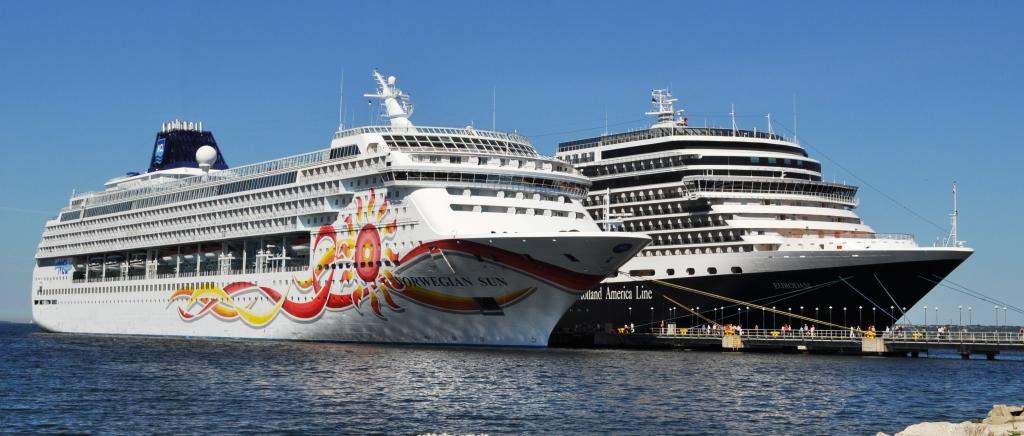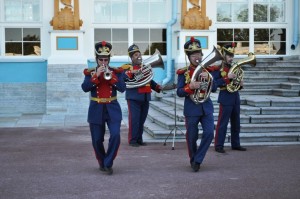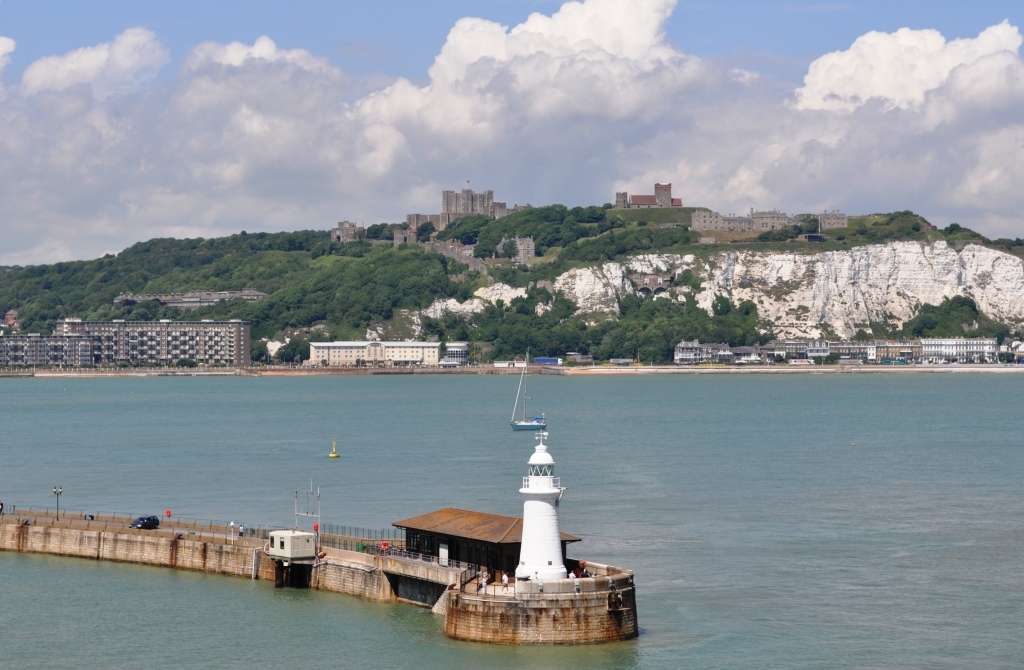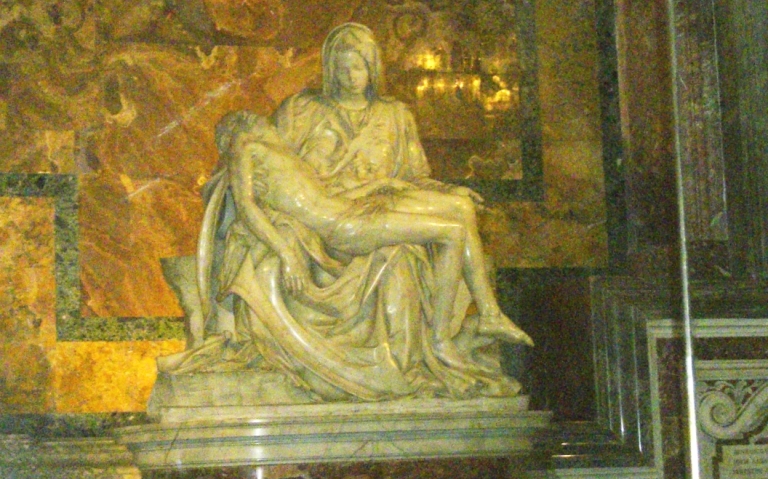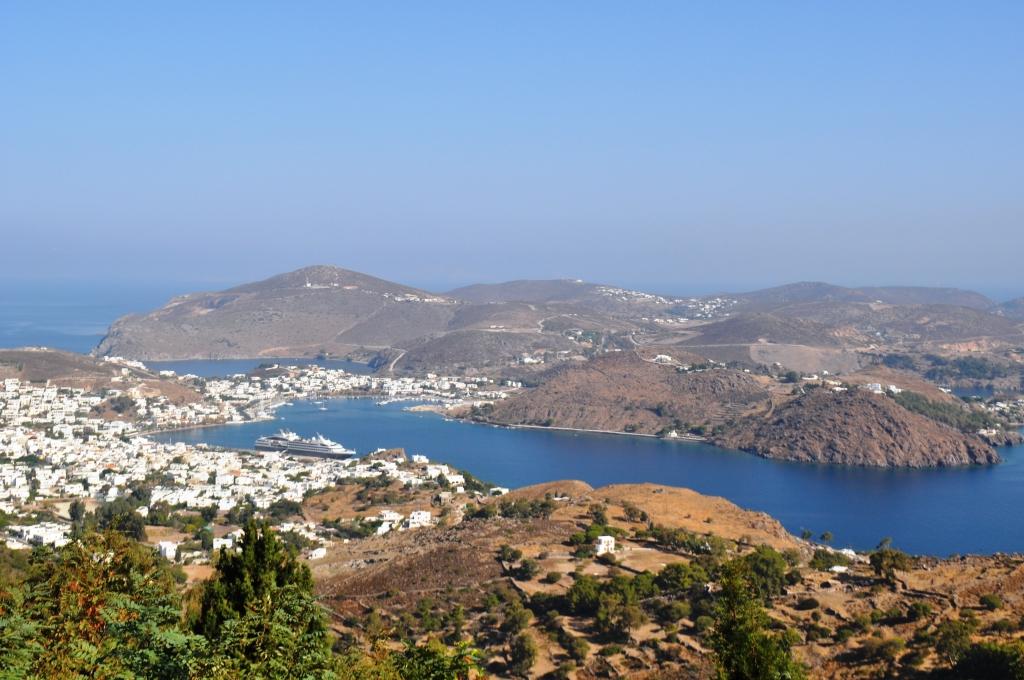“So, what does a typical Russian look like to you?” asked our young guide, Natasha.
“Is this man a typical Russian? What about that one?”
She pointed on the street to perfectly ordinary looking people: No fuzzy bear hats or Cossack boots or folk clothing in sight. Which was exactly her point.
In Your Bucket Because…
- Cruising is by far the easiest way to get a taste of legendary St. Petersburg.
- You’ll also see (depending on your cruise) a variety of European ports from medieval Tallinn to chic Helsinki to picturesque to Stockholm to the Little Mermaid’s Copenhagen.
- Good for luxury travelers, adults (it’s not a great kid journey), history buffs, and art and museum lovers.
To Russia with Love
I was a little younger than the average passenger on the 2,000-passenger Eurodam, which spends much of its summer in northern Europe cruising the Baltic Sea. But I am old enough to remember air-raid drills in school because the commies were coming — a fear that was more tangible in my household, since my father was an Eastern Block refugee. Like many of my fellow passengers, I’d grown up with the idea of Russia as the enemy — or at least as a culture far out of my comfort zone — and there is a marked feeling of trepidation.
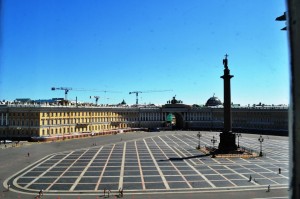
I’m not sure how helpful it was that during a powerpoint presentation about St. Petersburg shore excursions, we’d been warned that people might appear brusque, that there would be crowds everywhere, that we should keep up with our group or face the wrath of impatient guides, that the immigration people would be less than welcoming, that the traffic would be snarled, and in short, that the key to having a good time here was to lower our expectations.
But Natasha (“real Russian name,” she said with a smile) put the kabosh on all that as she deftly guided us through Catherine’s Palace and the Hermitage with a sense of humor and a ready grin. Courtesy of her and other guides, we learned about life under communism. “People here were really happy when we had our first traffic jam after communism,” a guide named Aleksi told us. “It meant we were progressing. But now we are tired of progress.”
The city is filled with monuments to the 900-day World War II Siege of Leningrad, during which between 641,000 and 800,000 people died. But the siege lives on, not only monuments, but memories and stories burnished by the retelling: Virtually all our guides had grandparents who had served in the military, or suffered through the siege. Major palaces on our itineraries had been looted and in part destroyed by Germans; the careful and precise restorations made them seem even more precious.
Baltic Sea Itineraries
Since the fall of communism, one of the hottest (or coolest destinations) in the cruise world has become the Baltic Sea. Cruising has made St. Petersburg easier to get to and easier to sightsee in. The downside is that most ships spend only two days in port. (Some spend three). Most passengers do what we did: Sign up for every possible shore excursion, including an evening show. It’s an expensive stop if you’re booking through the cruise line. (And visa regulations make it almost impossible to do otherwise.) But when else are you going to be in St. Petersburg?
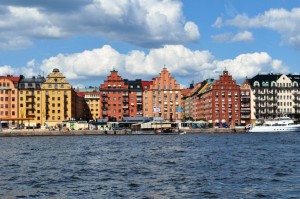
The cruise lines have similar itineraries: Ours started in Dover, England, then went to Kiel, Tallinn, St. Petersburg, Helsinki, Stockholm, and Copenhagen. Which brings up another advantage of cruising: It makes an impossible itinerary like this one possible. It’s a great way to get a small taste of a big variety of places, and travel in hassle-free comfort in between, usually when you are asleep. (No train tickets, packing and repacking, finding the hotel, checking in too early to get into your room, hauling luggage back to the train station, and on and on). To do thes same kind of itinerary independently would have required more time, less comfort, and more travel planning than travel enjoyment.
Aside from St. Petersburg, all of the ports are easily manageable on your own, most with shuttles going from ship to town. So independent touring is easy. There’s a good balance of tour types: I did a water tour in Copenhagen, a bus tour in Helsinki, a walking tour in Tallinn, and a climbing tour on the rooftops of Stockholm. (A note regarding Stockholm: Make sure you’re on deck during the the cruise through the archipelago: In our case, this meant early in the morning going into Stockholm, and before dinner cruising out. It’s a stunning passage, and our excursions director narrated what we were seeing.)
St. Petersburg Highlights
As for St. Petersburg: In two days, I managed to tour Catherine’s Palace, the Hermitage, the Church on the Spilled Blood, and Peterhof. I attended a truly spectacular “Folkloric Spectacular” evening show and saw other landmarks such as Peter and Paul Fortress, St. Isaac’s Cathedral, and the plaza in front of the Winter Palace where the Russian Revolution began. I also rode on a hydrofoil on the Neva River and the Gulf of Finland, and experienced the “White Nights” of the summer solstice.
And in point of fact, the tour guides were lovely, patiently waiting for laggards (certainly more patiently than I would have done); the immigration people offered warm smiles when I tried to wrap my tongue around the Russian word for “thank you;” the traffic was no worse than in American cities; and my expectations were more than met. So there.
Practicalities
- Visas are required for Russia unless you are on an official shore excursion.
- As much as I love balconies, it’s too cold to spend much time out there. An ocean-view room would be just fine, and is less expensive
- If you have extra time and your cruise starts in Dover, budget a day for sightseeing there: With a Norman Fortress (complete with a World War II command center hidden in the chalk cliffs) and a fascinating city museum, there’s a ton to see.
- This isn’t the best cruise for young kids unless they have an interest in history.
Updated and fact checked in 2019 from an article first published in 2012.
